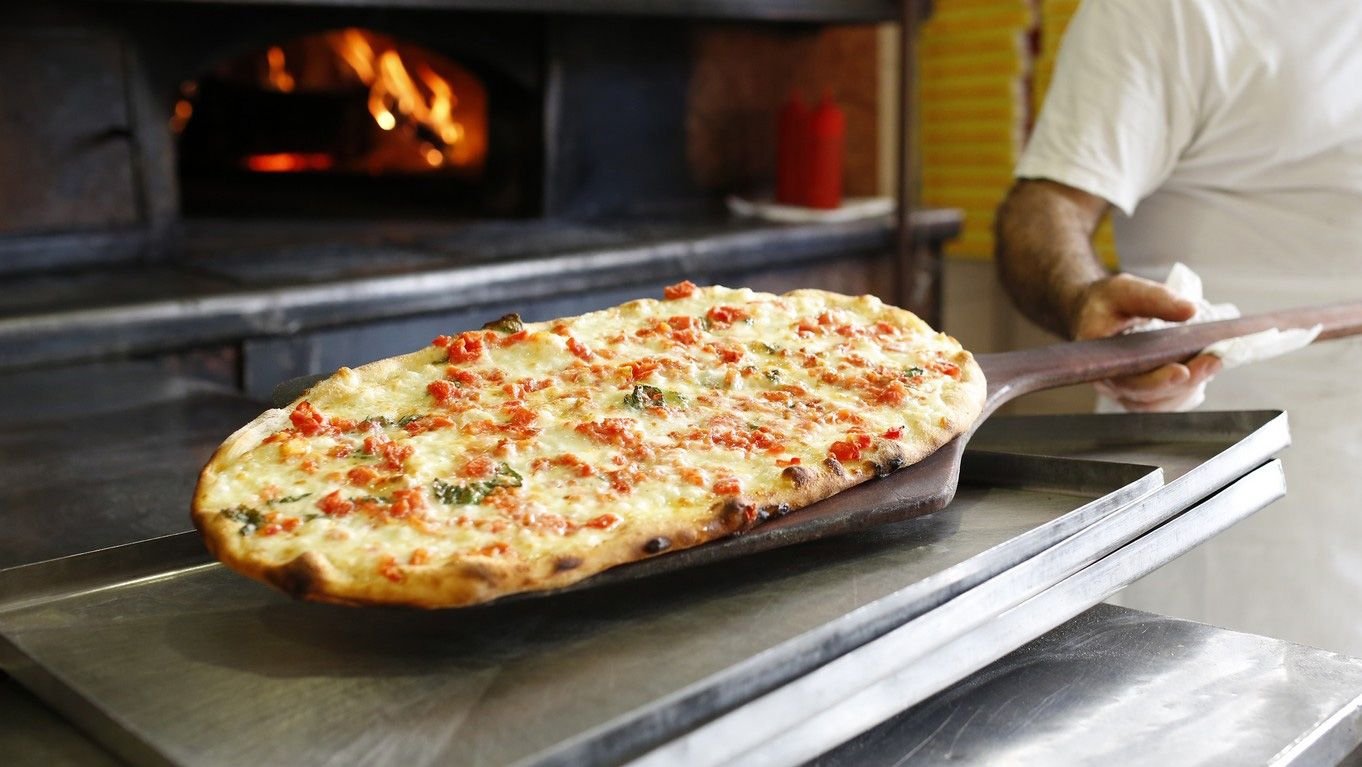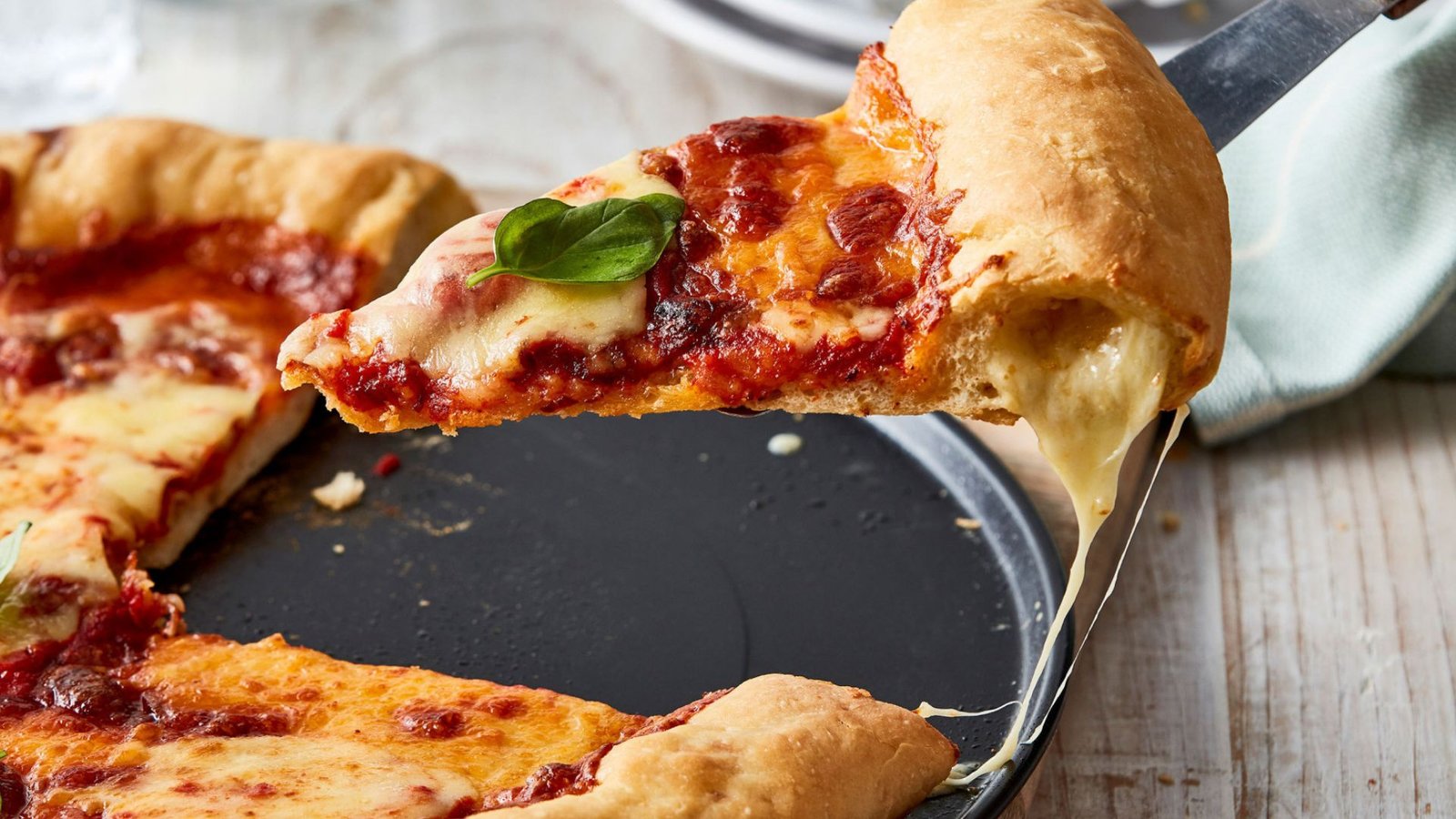Pizza, originating from Naples, Italy, has captivated taste buds worldwide with its simple yet exquisite combination of dough, sauce, and toppings. Behind this seemingly straightforward dish lies a rich tapestry of techniques and skills honed over centuries. From mastering the art of dough preparation to achieving the perfect bake in a wood-fired oven, traditional pizza making is a craft that blends precision with passion. This article delves into the techniques and skills involved in traditional pizza making, shedding light on the meticulous process that elevates pizza from a mere dish to a cultural icon.

The Foundation: Dough Preparation
At the heart of every great pizza lies the dough—a fundamental element that requires careful attention and expertise. Traditional Neapolitan pizza dough is made using simple ingredients: flour (typically high-protein “00” flour), water, salt, and yeast. The process begins with mixing the ingredients to form a smooth, elastic dough that is left to ferment and rise slowly. This fermentation process, known as proofing, develops the dough’s flavor and texture, creating a light, airy crust when baked.
Hand-Stretching and Shaping
Once the dough has properly risen, skilled pizzaiolos (pizza makers) begin the process of hand-stretching and shaping. This technique involves gently stretching the dough from the center outwards, using a delicate touch to avoid tearing. The goal is to achieve a thin, even crust with slightly raised edges, known as the cornicione. This hand-stretching process not only ensures uniform thickness but also enhances the dough’s texture and structure, resulting in a crisp yet tender crust.
Sauce Application
After shaping the dough, the next crucial step is applying the tomato sauce—a hallmark of Neapolitan pizza. Traditional Neapolitan pizza sauce is made from San Marzano tomatoes, known for their sweet flavor and low acidity. The sauce is typically prepared simply, seasoned with salt and sometimes a hint of garlic or basil. Skilled pizzaiolos use a ladle to spread the sauce evenly over the dough, leaving a thin layer that enhances the overall balance of flavors without overwhelming the crust or toppings.
Topping Placement and Balance
Once the sauce is applied, the artistry of traditional pizza making continues with the placement of toppings. Neapolitan pizza is known for its minimalist approach, focusing on a few high-quality ingredients that complement each other harmoniously. Fresh mozzarella cheese, sliced tomatoes, basil leaves, and a drizzle of olive oil are classic toppings that reflect the simplicity and purity of traditional Neapolitan pizza. The careful arrangement of toppings ensures even distribution and enhances the visual appeal of the pizza.
Wood-Fired Oven Baking
Perhaps the most iconic aspect of traditional pizza making is the use of a wood-fired oven, which imparts a distinctive charred flavor and crispy texture to the crust. The oven must be preheated to a high temperature—typically around 800°F (427°C)—to achieve the rapid baking time essential for Neapolitan pizza. Skilled pizzaiolos slide the prepared pizza onto a wooden peel and carefully place it inside the oven, where it bakes for just 60 to 90 seconds. During this brief cooking time, the intense heat from the wood fire creates a blistered crust while melting the cheese and infusing the toppings with smoky flavor.
Final Touches and Presentation
Once baked to perfection, traditional Neapolitan pizza is removed from the oven and finished with a final flourish of fresh basil leaves or a drizzle of extra virgin olive oil. The pizza is then carefully sliced into wedges and served immediately, ensuring that diners experience its exquisite flavors and textures at their peak.
Preserving Tradition in a Modern World
While traditional pizza making techniques have evolved over centuries, they remain steeped in tradition and craftsmanship. Today, skilled pizzaiolos around the world continue to uphold these time-honored methods, preserving the authenticity and integrity of Neapolitan pizza while also embracing innovation and creativity. Whether enjoyed in Naples or savored in pizzerias worldwide, traditional pizza making is not merely a culinary art—it is a celebration of culture, craftsmanship, and the enduring appeal of a beloved dish that has captured hearts and appetites across the globe.
Conclusion
In conclusion, the techniques and skills involved in traditional pizza making reveal a captivating blend of artistry, tradition, and meticulous craftsmanship. From the careful preparation of dough to the delicate hand-stretching and precise application of toppings, each step in the process reflects a deep-seated dedication to quality and authenticity. The use of high-quality ingredients, such as San Marzano tomatoes and fresh mozzarella, underscores the commitment to simplicity and flavor balance that defines Neapolitan pizza.











magnificent submit, very informative. I wonder why the opposite specialists of this sector don’t notice this. You should proceed your writing. I’m sure, you’ve a great readers’ base already!
Does your website have a contact page? I’m having trouble locating it but, I’d like to shoot you an email. I’ve got some creative ideas for your blog you might be interested in hearing. Either way, great website and I look forward to seeing it improve over time.
Hi this is somewhat of off topic but I was wondering if blogs use WYSIWYG editors or if you have to manually code with HTML. I’m starting a blog soon but have no coding experience so I wanted to get advice from someone with experience. Any help would be greatly appreciated!